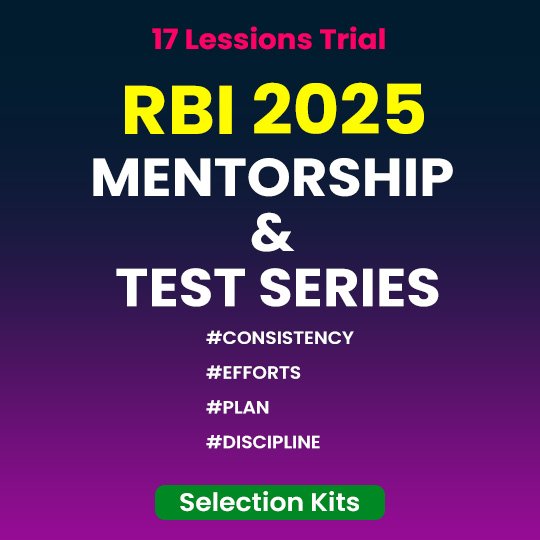Source: BL
Context:
The Government of India continues to strengthen e‑NAM (National Agriculture Market), a digital platform connecting APMC mandis nationwide. The expansion aims to provide better price discovery, transparency, and market access to farmers while integrating modern digital agri-services.
Key Highlights:
- Commodity Expansion:
- 9 new commodities added, including Green Tea, Mustard Oil, Lavender Oil, Mentha Oil, and Broken Rice.
- Total tradable commodities now stand at 247, with standardized quality parameters for fair pricing.
- Integration with Private Services:
- e‑NAM now links with private agri-service providers offering warehousing, assaying, logistics, fintech, and quality checks under the Platform of Platforms model.
- Digital Payments & Efficiency:
- Payments processed via UPI, RTGS, NEFT, ensuring timely and secure settlement for farmers.
- Mobile app features provide gate entry, MIS dashboards, and farmer database integration for transparency.
- Market Reach & Volume:
- Expansion enables inter-mandi and inter-state trade, increasing farmer access to larger markets.
- Trade turnover projected to cross ₹80,000 crore in FY24.
- Quality-Based Bidding:
- Assaying and defined tradable parameters promote better pricing for higher-quality produce, incentivizing farmers to improve output standards.
e‑NAM (National Agriculture Market)
What it is:
- e‑NAM is a digital trading platform launched by the Government of India on 14 April 2016.
- It integrates APMC (Agricultural Produce Market Committee) mandis across India to create a unified national market for agricultural commodities.
- Farmers can sell their produce online to buyers across the country, ensuring better price discovery, transparency, and reduced intermediation.
Key Features:
- Market Integration: Connects multiple mandis to facilitate inter-mandi and inter-state trade.
- Digital Payments: Ensures secure and timely payment through digital methods like UPI, RTGS, and NEFT.
- Standardized Quality: Commodities are assayed and graded to ensure fair pricing for quality produce.
- Inclusivity: Helps small and marginal farmers access larger markets beyond their local mandis.
- Technology-Driven: Features like mobile apps, dashboards, and MIS improve transparency and efficiency.



















